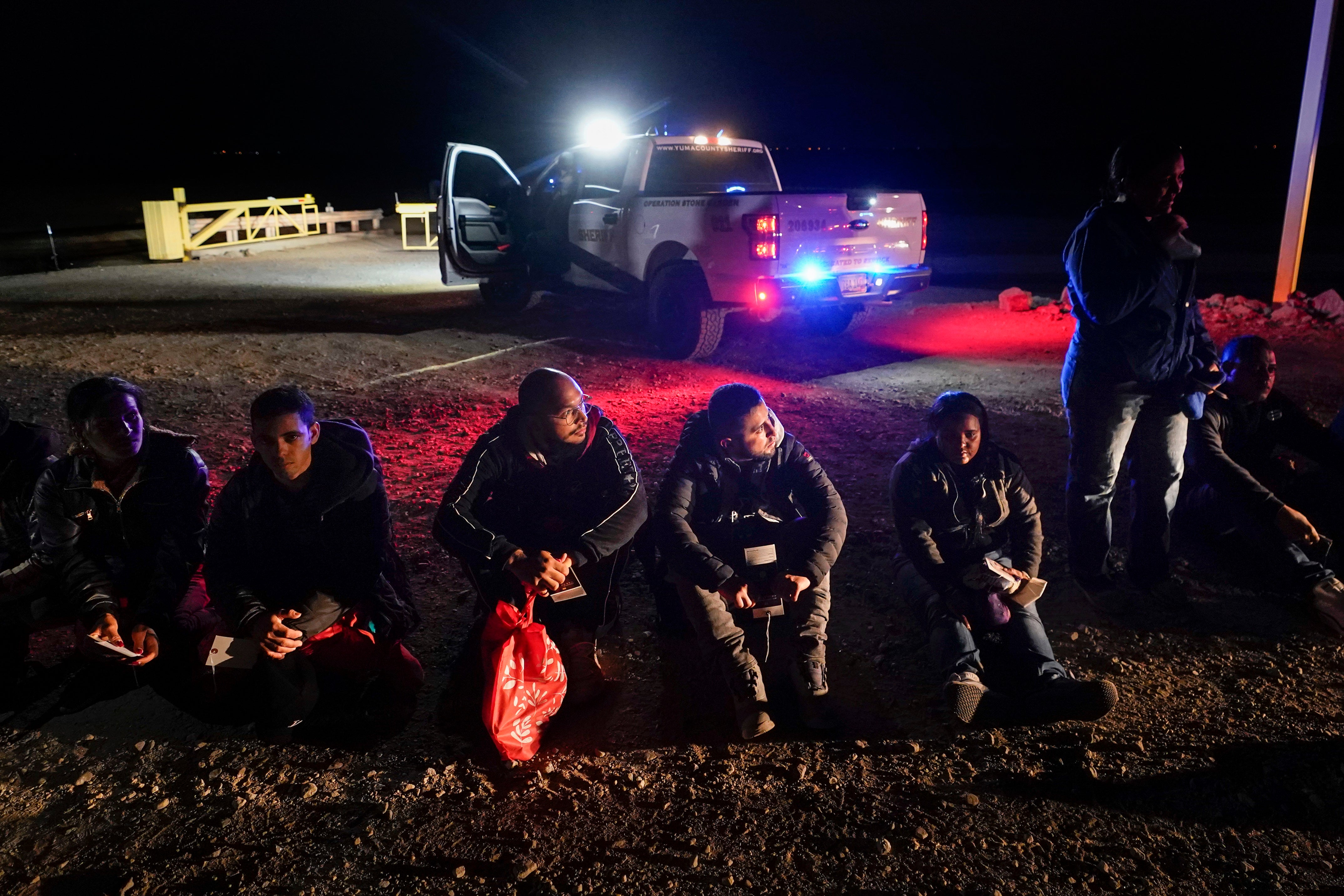US to limit asylum to migrants who pass through a 3rd nation
The Biden administration says it will generally deny asylum to migrants who show up at the U.S. southern border without first seeking protection in a country they passed through

The Biden administration said Tuesday that it will generally deny asylum to migrants who show up at the U.S. southern border without first seeking protection in a country they passed through, mirroring an attempt by the Trump administration that never took effect because it was blocked in court.
The measure, while stopping short of a total ban, imposes highly severe limitations on asylum for any nationality except Mexicans, who don’t have to travel through a third country to reach the U.S.
The measure won’t take effect immediately and is almost certain to face legal challenges. President Donald Trump pursued a similar ban in 2019 but a federal appeals court prevented it from taking effect. It will also be subject to possible revisions after a 30-day period for public comment.
Administration officials expect the rule will take effect when a pandemic-era rule that denies asylum on grounds of preventing the spread of COVID-19 ends. That rule, known as Title 42 authority, is set to expire May 11 but has been delayed twice by legal challenges from Republican-led states.
The Homeland Security and Justice Departments argued that surging numbers of migrants left them with little choice. They anticipate illegal crossings to climb to between 11,000 and 13,000 a day if no action is taken after Title 42 ends, up from from an already extraordinarily high daily average of 6,500 in the government's fiscal year that ended Sept. 30.
Title 42 was scheduled to end in late December until the Supreme Court ordered that it stay in effect. Administration officials said daily crossings climbed to 7,700 a day in early November and to 8,600 by mid-December as anticipation spread among migrants and smugglers that the rule was about to end.
The proposed rule establishes “a rebuttable presumption of asylum ineligibility” for anyone who passes through another country to reach the U.S. border with Mexico without first seeking protection there, according to a notice in the Federal Register. Exceptions will be made for people with an “acute medical emergency,” “imminent and extreme threat” of violent crimes such as murder, rape or kidnapping, being a victim of human trafficking or “other extremely compelling circumstances.”
U.S. officials insist that the measure is different from Trump's, largely because there is room for exemptions and because the Biden administration has made other legal pathways available, particularly humanitarian parole for Cubans, Haitians, Nicaraguans, Venezuelans and Ukrainians.
“We are a nation of immigrants, and we are a nation of laws. We are strengthening the availability of legal, orderly pathways for migrants to come to the United States, at the same time proposing new consequences on those who fail to use processes made available to them by the United States and its regional partners,” said Homeland Security Secretary Alejandro Mayorkas.
For asylum seekers traveling north through Central America and Mexico to the U.S. border, Costa Rica and Mexico have the most robust asylum systems. Both countries, however, have been overwhelmed by the surging number of asylum applications in recent years.
Costa Rica, a country of only 5 million residents, trailed only the United States, Germany and Mexico in the number of asylum applications it received in 2021. In December, President Rodrigo Chaves decreed changes to the asylum system, alleging that it was being abused by economic migrants.
Most of those seeking asylum in Costa Rica in recent years are Nicaraguans fleeing repression in that country. In 2012, Costa Rica received barely 900 asylum applications. Last year, the total was around 80,000.
That has created a tremendous backlog and lengthened the process, something that led more Nicaraguans to look north to the United States last year.
Mexico has been facing increased asylum applications for years and last year received 118,478, mostly from Honduras, Cuba, Haiti and Venezuela. Many migrants lacking other options had used the asylum system as a way to legally cross Mexico while in process and then to try to cross the U.S. border.
Other countries along the migrant route north have very limited capacity for receiving asylum seekers. Some, like Mexico, suffer from high levels of violence, others have struggling economies and few resources available to offer.
___
Spagat reported from San Diego. Associated Press writer Christopher Sherman in Mexico City contributed.
Bookmark popover
Removed from bookmarks